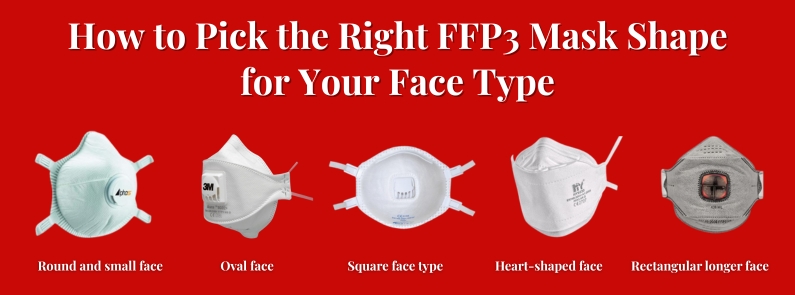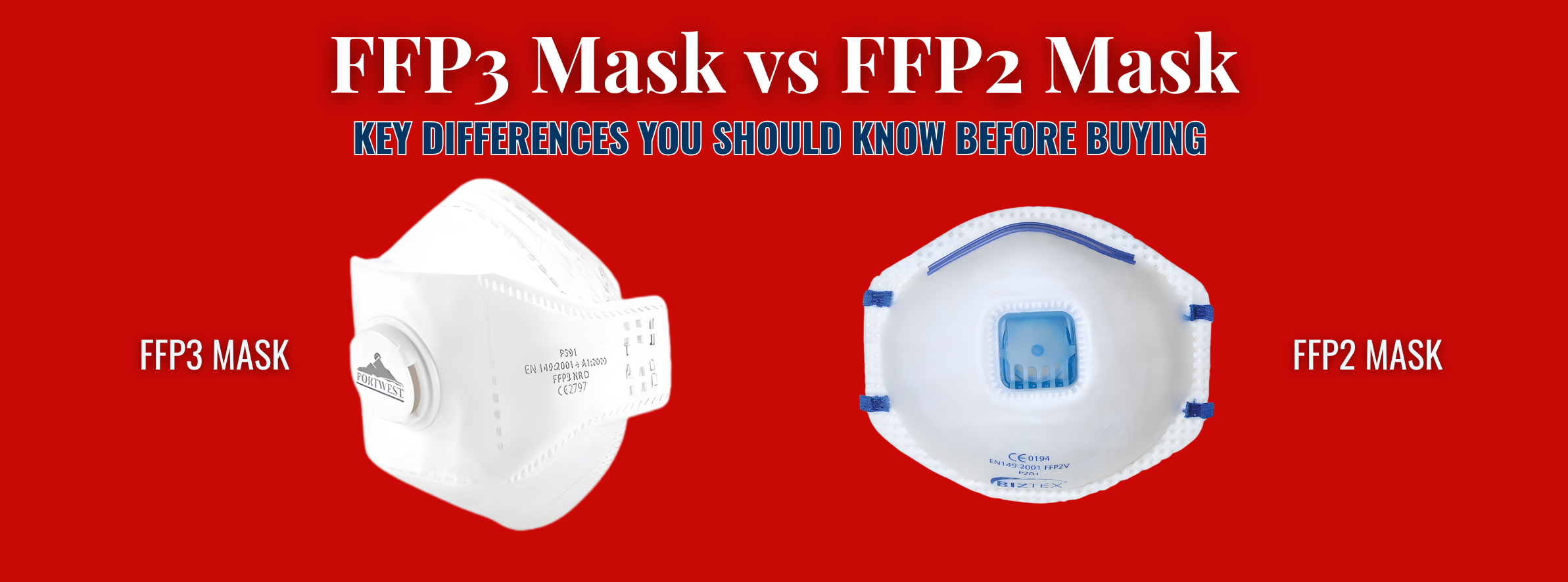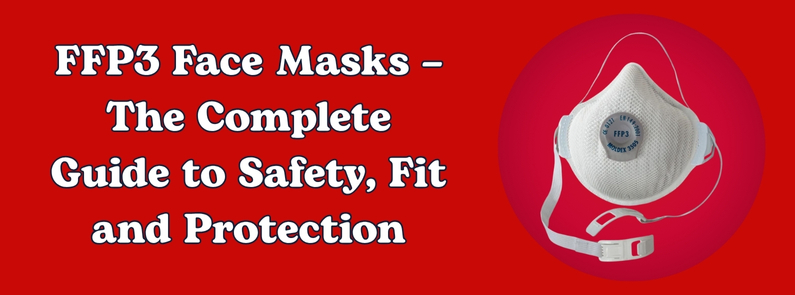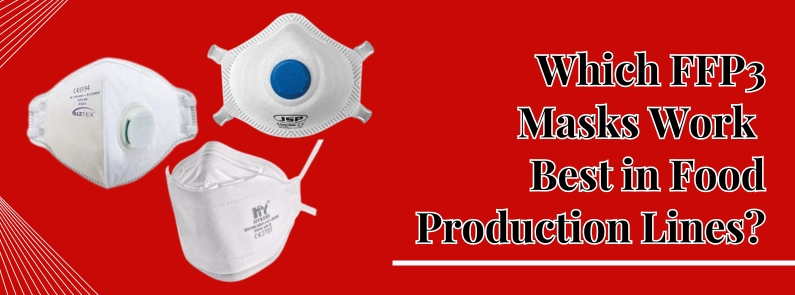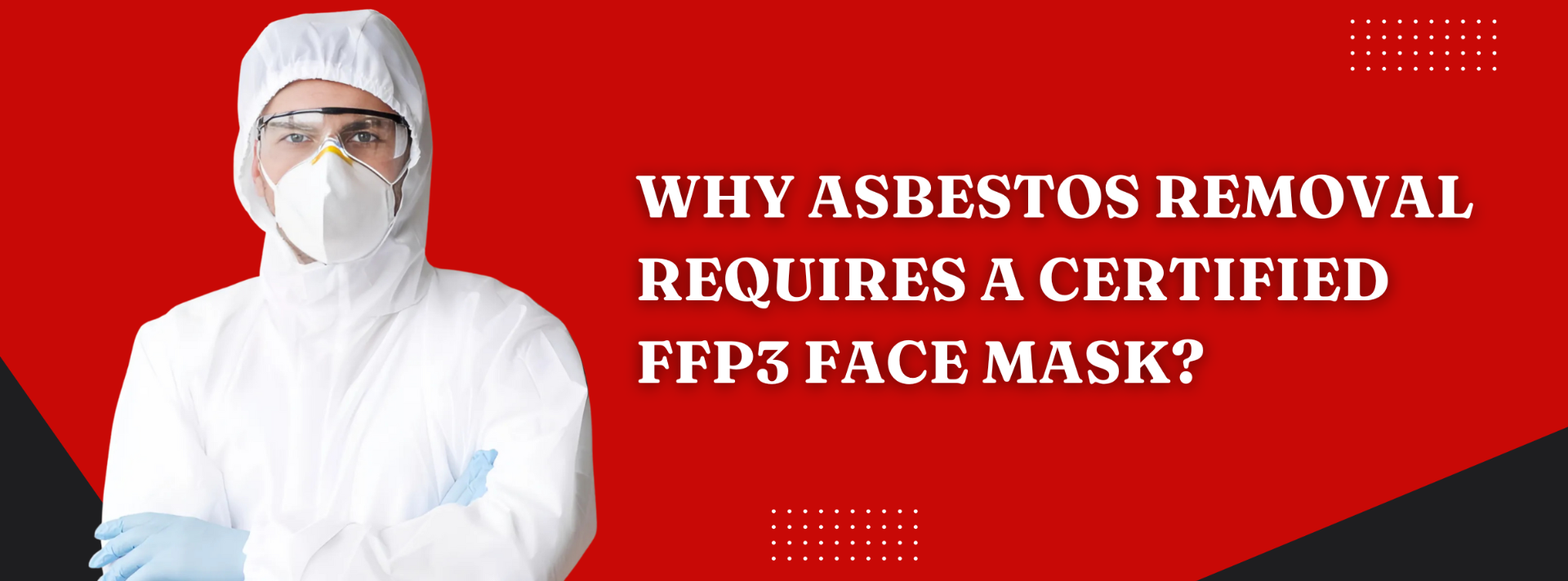
Do you know that, as per WHO data, globally, more than 200,000 deaths are estimated to be caused by occupational exposure to asbestos? Despite the menacing statistics, most employees operate under the assumption that wearing any full-face mask will keep them safe from asbestos.
Contrary to the unpopular opinion, you need proper respiratory protective equipment to breathe in safe, clean air instead of hazardous substances. But among the numerous options available, which one should you pick to prevent the intrusion of asbestos? A certified FFP3 mask as one of the best equipment for protecting people against viral outbreaks and asbestos.
Now, how do FFP3 masks protect you from asbestos? Read on to find out!
What is Asbestos and the Associated Risks?
Asbestos is a naturally occurring mineral that is widely used in construction and other industries due to its heat-resistant and insulating properties. It can still be found in many homes, even in pipes, boilers, and past a certain age.
However, exposure to asbestos fibres can lead to severe health problems like lung cancer, asbestosis, and mesothelioma. Like any other cancer-inducing material, the damage to your body will take time to become apparent, but once it surfaces, there is no cure to reverse the damage.
So what causes the risk? When asbestos is disturbed or damaged, it releases toxic fibres into the air. And when you inhale the asbestos fibres, they will get collected into your lungs and airways, making it impossible to diagnose or remove. This is why workers handling asbestos or conducting asbestos abatement, doing any work in the concerned environment, need to take extreme precautions.
The Reason Why Asbestos Removal Requires a Certified FFP3 Face Mask
Due to the hazardous nature of asbestos, the specific legislation requires a higher level of protection than standard personal protective equipment. The microscopic size of asbestos fibres enables them to contaminate clothing easily and spread without detection. Therefore, general protective wear will not protect you from asbestos. Similarly, N95 masks, respirator masks, or any disposable dust mask are not effective against asbestos as well.
So what do you need? To protect yourself from asbestos, you need a Respirator mask that can filter a minimum of 99.97% of particles that are 0.3 micrometres large. If you want to get that level of filtration, you need an FFP3 face mask. The features of the mask are designed to protect you against asbestos inhalation. In fact,FFP3 masks can withstand loads that are up to 30 times the legal occupational exposure limit (OEL).
How do you Recognise a Certified FFP3 Mask?
Reports of uncertified FFP3 masks on sale are raising concerns among individuals. However, it is possible to minimise the risk of purchasing fake protection. Here are the major characteristics to look out for in a certified FFP3 mask.
- Sustain the Standard: The FFP3 mask is a part of personal protective equipment and should be certified according to the strict EN149:2001+A1:2009 standard. These credentials ensure the highest level of protection against harmful and toxic particles. In fact, it can filter out carcinogenic and radioactive pollutants as well as pathogens.
- Leverage the Leakage Level: The total leakage level of the FFP3 masks, asbestos, should not exceed 5%. To recognise the level of protection at first glance, remember that all FFP3 masks are labelled in black.
- Count on the CE Marking: The CE marking and a test number on the mask and its packaging also indicate that the FFP3 mask has been tested as per the relevant standards.
How Often Should You Change the FFP3 Mask for Asbestos Removal?
FFP3 respirator masks provide reliable protection against asbestos, but it is also limited in time. You can wear them for eight hours. After that, the filter performance will decline, especially if it's affected by moisture. Also, make sure to take a 30-minute break after a consistent 150 minutes of wear. Moreover, the shelf life of FFP3 masks is usually mentioned on the packaging. It is typically between three to five years, and varies depending on the manufacturer.
Nonetheless, it is advisable to replace them regularly, especially when there is visible dirt, damp, or damage. It is because, if the mask has any mangle, the filter performance will decline or the breathing resistance will increase. Make sure to store them in a dry and clean place to protect them from dust and moisture. After the expiration date, stop using the mask, as its sealing and filter function may have been impaired.
How to Wear the FFP3 Mask for Asbestos Removal?
To ensure optimal protection against asbestos, your FFP Mask should fit snugly and seal well. Here’s how to wear your mask properly.
- Clean your hands before putting on the mask.
- Hold the mask in one hand and use the other hand to fully open the mask and bend the nose wire to form a curve.
- Place the mask over your mouth and nose, avoiding any contact with the filter surface.
- Press the nose clip tightly against your nose. If you have any problems with adjustment, you can try to form a W with the nose flip before putting it on.
- Adjust the straps to fit the mask snugly. The lower headboard should be placed at the neck, and the upper one should be above the ears.
- Ensure that no air is escaping by inhaling and exhaling deeply.
Wrapping Up
Working in asbestos removal projects can be risky, and most workers face health issues without proper protection. Inhaling asbestos fibres can get into your lungs and cause serious respiratory illnesses like mesothelioma. The right FFP3 mask will keep you from these tiny yet treacherous fibres during your work.
Still haven’t found the right one for you? At Respirator Shop, we have a wide range of certified FF3 Face Masks for our clients, with a high level of comfort and protection. Visit us today and purchase the right FFP3 masks to ensure the safety of your team!

